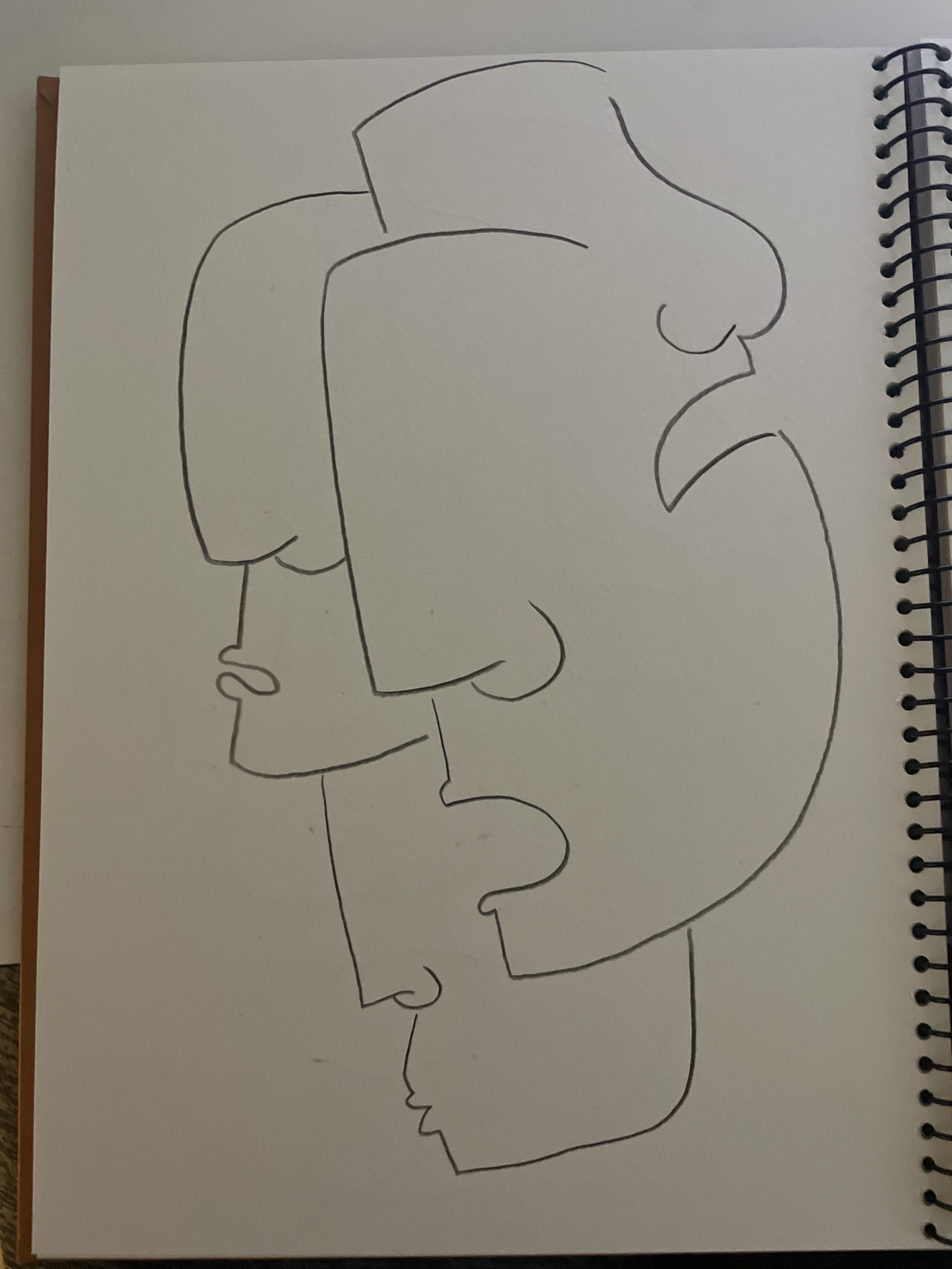My post this week will cover my work from the last three weeks, especially concerning my installation work “scrolls”. This is a working title, as I don’t believe that the work is finished, and I have not fully synthesized either its content or a finished state.
The work is an installation, meant to be displayed in various conditions and examples. It consists of long scrolls of mulberry paper, that have been written on by typewriter, specifically an Olivetti Studio 45 from 1969, and an Olympia SM9 from 1971. Each scroll is an unedited automatic poetical exercise. During my practice I sit down at the typewriters, and distance myself from contemporary distraction. This includes silencing my cell phone and laptop notifications, as well as removing my watch and turning off music. If it is particularly loud outside I might wear ear plugs. The focus is important as distraction interrupts what I feel is the rhythmic spontaneity of developing poetry. The exercise is about clarity of ideation over a specific period. Because of this the project may sprawl into the realm of performance, or into a collaborative aspect encompassing the viewer. The typewriters unique ability to render the writing of all people using it in the same type and appearance (while also being disconnected from electricity and the internet) is compelling to me, but is also somewhat unclear why. Perhaps it is only the one level of mediation that speaks to me, and not the many, almost infinite mirage of the internet.
Many of the poems, and prose contained in this first example are left unedited in the installation. They contain errors of spelling and punctuation, as well as inconsistent word use, or a misapplication of syntax. They break many rules, but this is intentional, and I hope compelling, as it seems to point to some sort of human frailty or failing against systems we deem need be consistent and unblemished.
The scrolls are crumpled, dented, folded, sometimes reversed, they overlap, and also fly out from the wall limiting space ahead of them and proclaim themselves more as objects then as writing. They exist in 3d space, much as sculpture does, and the inclusion of the cigar boxes, to both weigh down the flowing paper, imply that they will be stored and concealed at a later time. The scrolls also occasionally include semi opaque mirrors, applied with clips at various heights which interrupt and reflect the reader/viewer at different angles and times.
It is my intention to now edit the writings in the installation, to develop a publication of a first iteration of this kind of installation. This publication would serve as documentation of the installation as well as an edited, concise presentation of the more pleasing and relevant poetics contained in the scrolls. I expect that the documentation and writing for this publication will extend beyond my residency in Chicago for this year, and will involve work in the Fall semester. However, since several bodies of work have been built in parallel, I intend to document with photographs, and then systematically package and store this work with the other studies and materials so that they may be recreated or unearthed at a later time.










